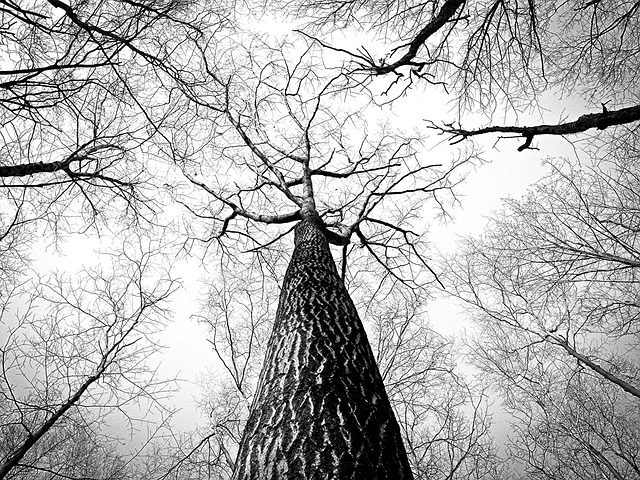Ancient Roots: Celebrating Spring's Return
Observed annually on May 1st, May Day's origins lie deep in ancient agricultural traditions celebrating spring's arrival. Festivals like the Roman Floralia honored the goddess Flora with exuberant feasts, dances, and flowers. Similarly, Celtic Beltane festivals marked the land's returning fertility with bonfires, Maypole dances, and rituals. These early celebrations were intrinsically tied to the cycles of nature and the promise of new life.
Forging International Workers' Day

May Day's transformation into International Workers' Day began in the turbulent late 19th century. Its adoption commemorates the Haymarket Affair in Chicago (1886), where a labor demonstration advocating for an eight-hour workday tragically ended in violence after a bomb exploded. Though the exact events and culprits remain debated, Haymarket galvanized labor movements worldwide.
In 1889, the Second International, a global federation of socialist and labor parties, designated May 1st as International Workers' Day. This date specifically honored the Haymarket martyrs and served as an annual call for continued struggle for workers' rights and improved conditions. Consequently, May Day evolved into a major occasion for labor marches, demonstrations, and socialist gatherings across the globe.
May Day in America: A Divergent Path
While International Workers' Day gained traction globally, its observance in the United States followed a more complex trajectory. Fearful of the radicalism associated with May Day following Haymarket, U.S. President Grover Cleveland and Congress acted swiftly in 1894 to designate the first Monday in September as Labor Day. This established a separate, distinctly American holiday honoring workers, deliberately distancing the nation from May 1st's international socialist connotations.
Modern May Day: A Platform for Diverse Protests
In contemporary times, May Day often serves as a focal point for protests addressing a spectrum of political and social issues. While traditional labor rights remain a theme for some, other groups leverage the date to advocate for causes like immigration reform (witnessed in large marches in the mid-2000s), climate action, and anti-capitalist critiques. These demonstrations frequently attract significant media coverage and often spark public debate, reflecting the multifaceted and sometimes conflicting priorities within modern activism.
Conservative Perspectives on May Day

From a conservative viewpoint, May Day often evokes skepticism due to its historical links to socialist and communist ideologies. Critics frequently argue that the holiday's emphasis on collective action and state intervention conflicts with principles of individual liberty, free-market capitalism, and limited government. Concerns are also sometimes raised about the potential for May Day demonstrations to disrupt public order or promote ideologies seen as detrimental to traditional values or national interests.
May Day's Enduring Legacy
Understanding May Day requires acknowledging its layered history and diverse interpretations. From ancient fertility rites to a global symbol of labor struggle, and now a contemporary stage for wide-ranging political expression, May Day remains a potent and evolving cultural marker. Examining its journey reveals much about shifting societal values, the ongoing tension between labor and capital, and the different ways societies choose to commemorate struggle and celebrate change.